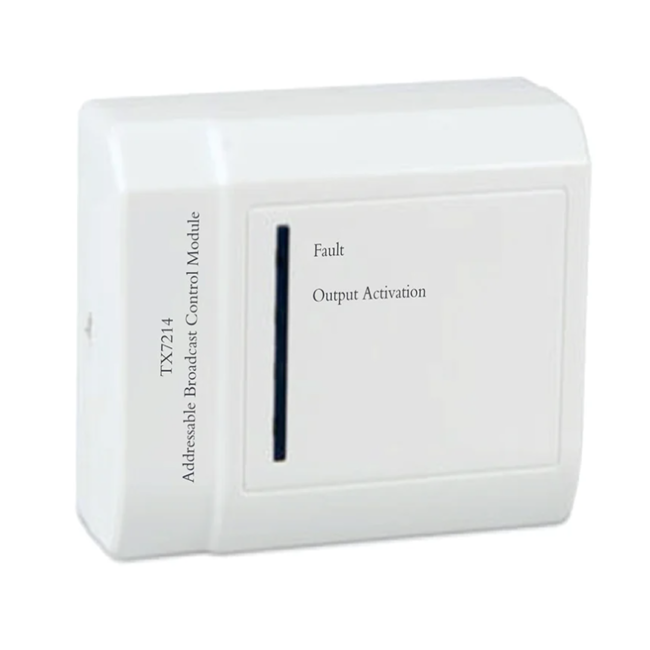Copyright © 2021 TANDA Development Pte. Ltd. All rights reserved.Privacy Policy.Site MapDesigned by

In the event of an emergency, an emergency communication system will have multiple channels to relay vital information as fast as feasible.
You need a good communications system in the event of an emergency, whether you need to alert people to a fire, initiate a lockdown, warn them of poor weather, or inform them of any other kind of danger.
However, you need to get familiar with the types of emergency communication systems to know how to use each of them.
So, in this article, we will walk you through the types of emergency communication system and their uses.

It is crucial for emergency communication systems to ensure that messages are transmitted clearly.
Warning bells and sirens for fires let people know they need to evacuate without having to say a word. This prevents misunderstandings due to language issues and ensures that everyone understands to evacuate immediately.
Words may be necessary to convey the message with emergency voice systems in more complex scenarios. If the facility is put on lockdown due to an external threat, for instance, announcements must be made over the intercom system so that people don't panic and try to leave.
Those who are deaf or hard of hearing benefit greatly from visual warnings, and they can also help spread your message in noisy environments.
A clear or nominal white strobe is required by codes when used for fire alarm evacuations. In addition to installing multi-candela strobes with amber lenses, you should also install these as a precaution against other hazards.
Emergency notifications can be heard and seen by everyone in or around the building, but what about staff members who aren't present at the time of the incident? You may need to inform them if poor weather or some other unforeseen circumstance will prevent your company from opening on time. The next step is to inform customers that you are once again accepting orders.
Communicating this information is essential. With the push of a button, a mass notification system can send out broadcast phone calls, broadcast text messages, broadcast emails, broadcast social media updates, and more. Also, it can be used to notify locals. This ensures that no one is left in the dark and reduces the likelihood that crucial details will be overlooked.
Sending out announcements and instructions that have already been produced can save time and effort. In some cases, immediate feedback in the form of live messages is required to provide crucial information. It would be most convenient if both forms of emergency messages could be sent from one hub.
There are instances when everyone in the building must adhere to the same policies. It's not uncommon for buildings to have multiple emergency plans in place, one for each floor or department. Employees who aren't physically present may require a different set of instructions than those who are.
Your system should have the flexibility to deliver the same message to all affected locations or to send various messages to different areas depending on their location or the nature of the danger. Notifications sent in either the near or long distance follow this rule.
Are you looking for a professional supplier of emergency communication systems? If so, TNA Technology is the best choice for you.
We can help you install the most efficient emergency communication system (ECS) for your facility. Click here to partner with us now.